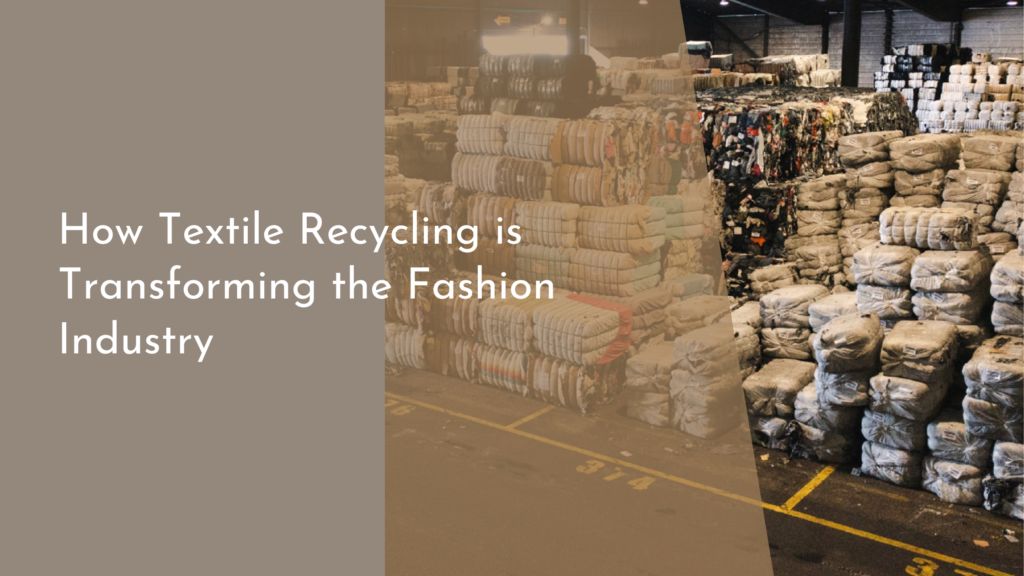Comparing Sustainable Products: Is It Worth the Hype?
In recent years, the buzz around sustainable products has surged, encouraging consumers to make environmentally conscious choices. From bamboo toothbrushes to solar-powered gadgets, the market is brimming with eco-friendly alternatives. But amid the green revolution, one question persists: Are these sustainable products truly worth the hype? In this article, we delve into understanding their claims, evaluating environmental benefits, considering costs, and ultimately deciding if they merit a place in our lives.
Understanding Sustainable Product Claims
Sustainable products claim to minimize environmental impact through various means, such as using renewable resources, reducing waste, or being manufactured under fair labor conditions. However, understanding these claims requires peeling back layers of marketing to discern genuine efforts from mere greenwashing. Greenwashing refers to the practice of making misleading claims about the environmental benefits of a product, which can be as subtle as vague labeling or as blatant as false advertising. It is crucial for consumers to research and verify claims by checking for certifications like Fair Trade, USDA Organic, or Energy Star.
Moreover, it is important to consider the lifecycle of a product. This encompasses everything from the sourcing of raw materials to the manufacturing process, distribution, and eventual disposal. A truly sustainable product should demonstrate a reduced environmental footprint at each stage of this lifecycle. While some brands provide transparent information regarding their processes, others may not be as forthcoming. Thus, consumers must exercise due diligence, questioning how sustainability is achieved and looking for evidence that supports these claims.
Evaluating the Environmental Benefits
When evaluating environmental benefits, sustainable products often shine in areas like resource efficiency, carbon footprint reduction, and waste management. For instance, products made from recycled materials help curb the demand for virgin resources, conserving energy and reducing emissions in the production process. Similarly, items designed to be reusable, such as stainless steel water bottles or cloth grocery bags, significantly cut down on single-use plastics and associated pollution.
Furthermore, energy-efficient products, such as LED bulbs or appliances with high energy ratings, contribute to lower electricity consumption and reduced greenhouse gas emissions. Such products often incorporate innovative technologies that enhance performance while consuming fewer resources. By opting for these alternatives, consumers can play a tangible role in mitigating climate change impacts. However, it’s imperative that these environmental benefits are not overshadowed by the energy or resources used in their production, which sometimes counteracts the intended positive effects.
Cost vs. Value: Are They Worth the Price?
Sustainable products often come with a higher price tag, prompting consumers to weigh the cost against perceived value. While the initial expense might deter some, the long-term financial benefits often justify the investment. For example, energy-efficient appliances may cost more upfront, but they can lead to significant savings on utility bills over time. Additionally, products designed for durability, such as sustainable fashion items, tend to last longer, reducing the need for frequent replacements.
From a value perspective, sustainable products offer more than just financial returns; they provide intrinsic benefits tied to ethical consumption. Many consumers derive satisfaction from knowing that their purchasing choices support environmental conservation and fair labor practices. This sense of contribution often adds an intangible value that justifies the premium price of sustainable goods. As more people recognize these broader benefits, the demand for sustainable products continues to grow, potentially driving costs down in the future.
Conclusion: Embracing a Greener Lifestyle
Ultimately, embracing a greener lifestyle through sustainable products is about making informed choices that align with personal values and environmental goals. While not every product lives up to its claims, many offer genuine benefits that contribute to a more sustainable future. By critically evaluating these options, consumers can identify products that truly reduce their ecological footprint and promote a healthier planet.
The journey towards a sustainable lifestyle is a continuous learning process, filled with opportunities to improve our impact on the environment. While the hype around sustainable products is not without its challenges, the potential benefits make it a worthwhile pursuit. By staying informed, supporting authentic sustainable brands, and making mindful purchasing decisions, we can collectively steer towards a greener, more sustainable future—one product at a time. Let’s embrace the change and enjoy the positive ripple effects of our choices on the world around us.

